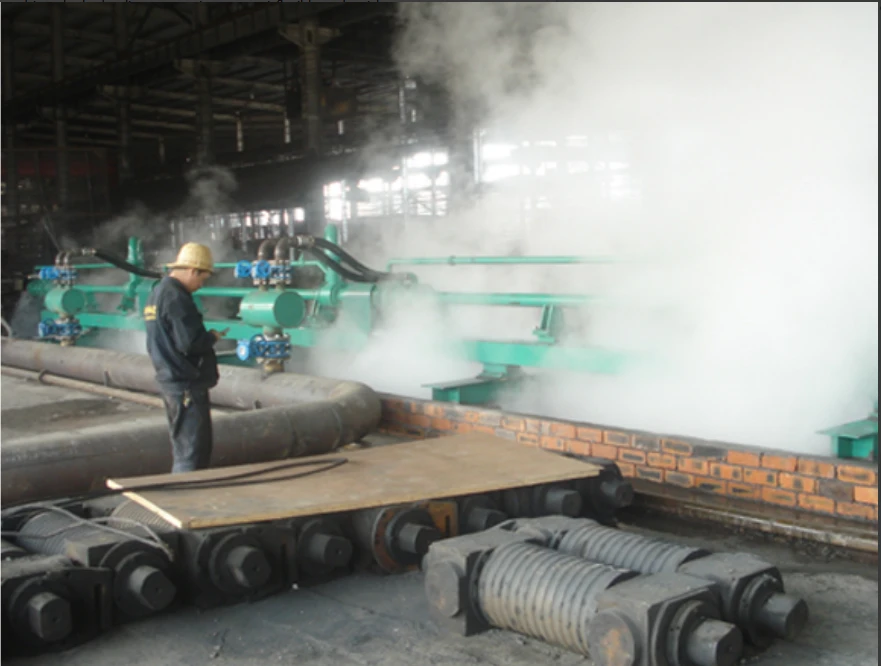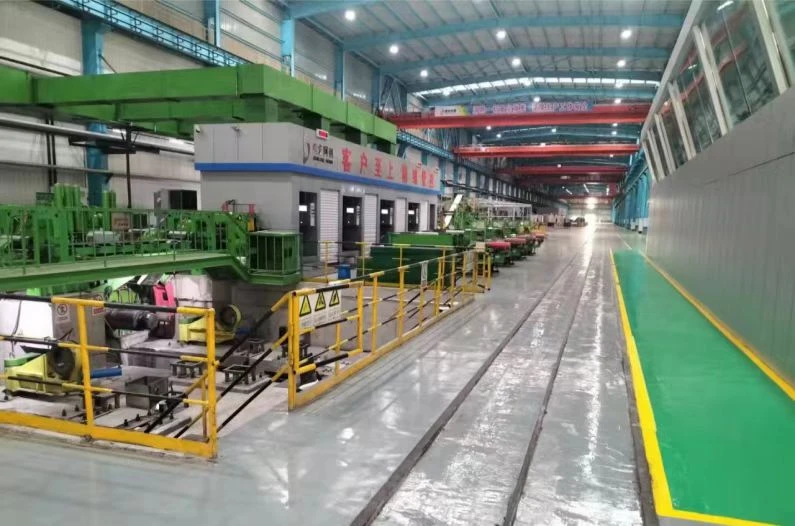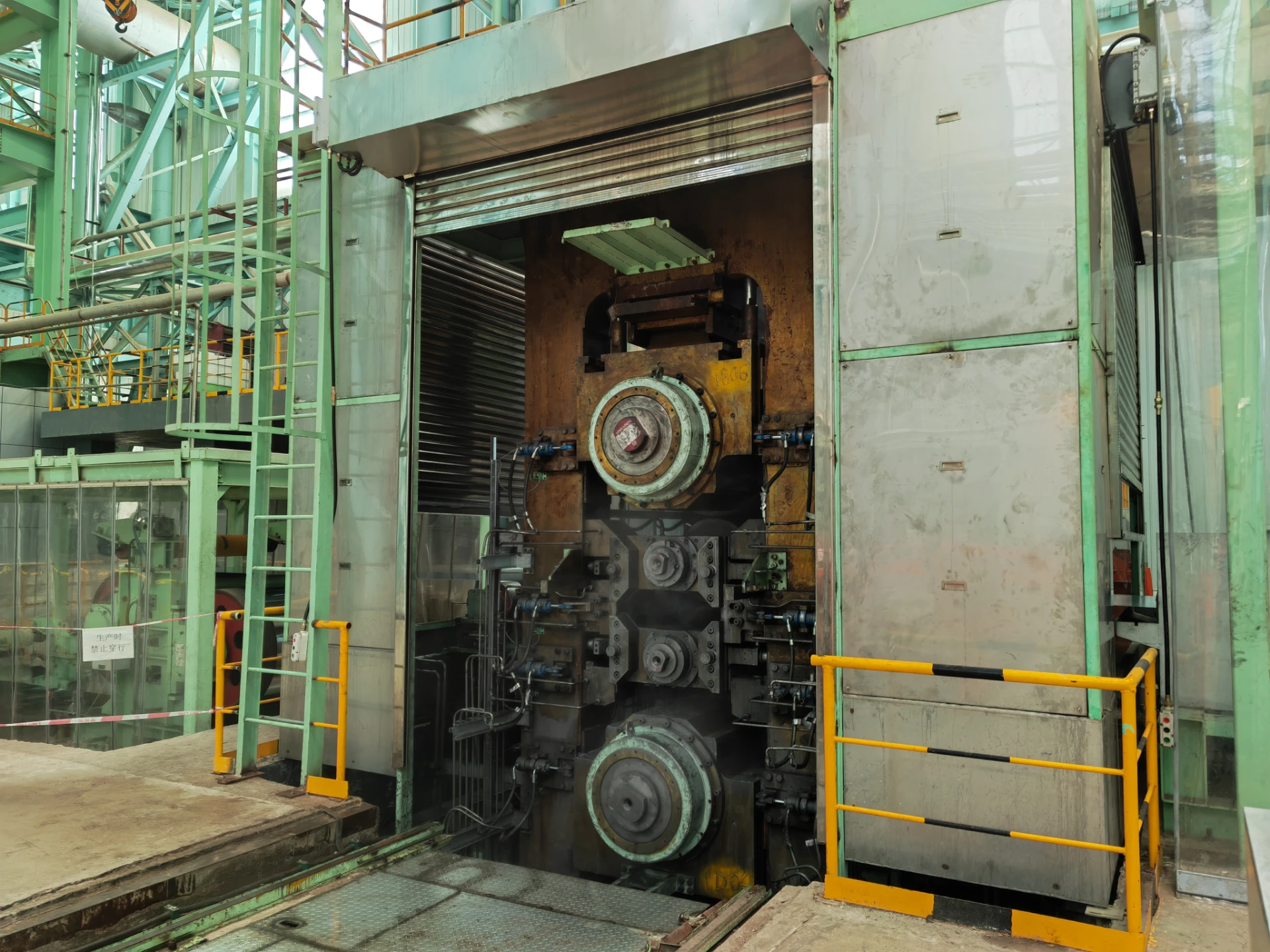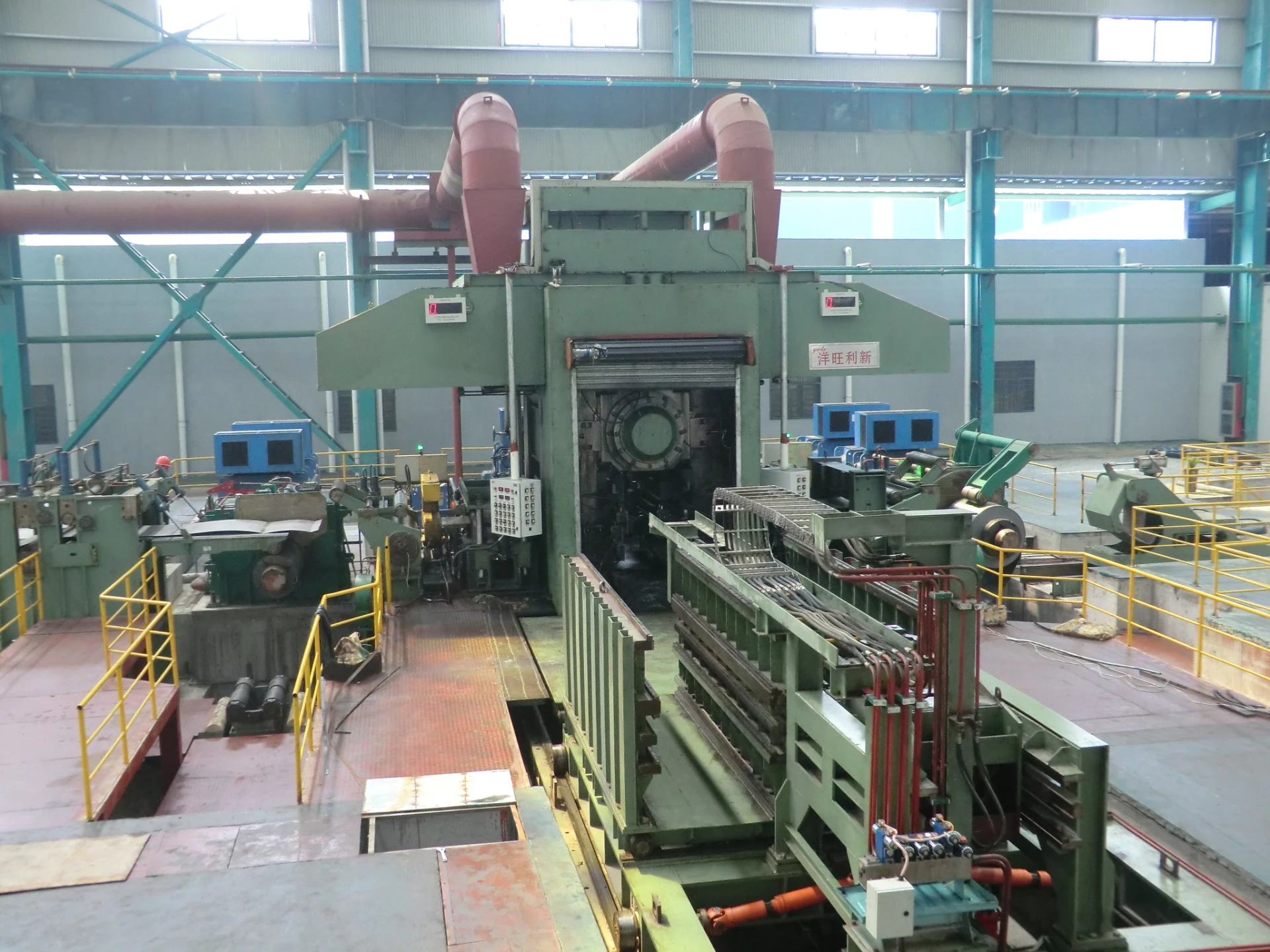
Understanding of AGC System for Hot/Cold Strip Rolling Mill
The automatic gauge control in strip rolling is one of the key control systems in modern rolling mills, mainly used to ensure precise control of strip thickness during the rolling process. Whether it is hot rolling or cold rolling, the AGC system plays a crucial role, directly affecting product quality and production efficiency. The following is a detailed introduction to the AGC system of hot/cold strip mills:
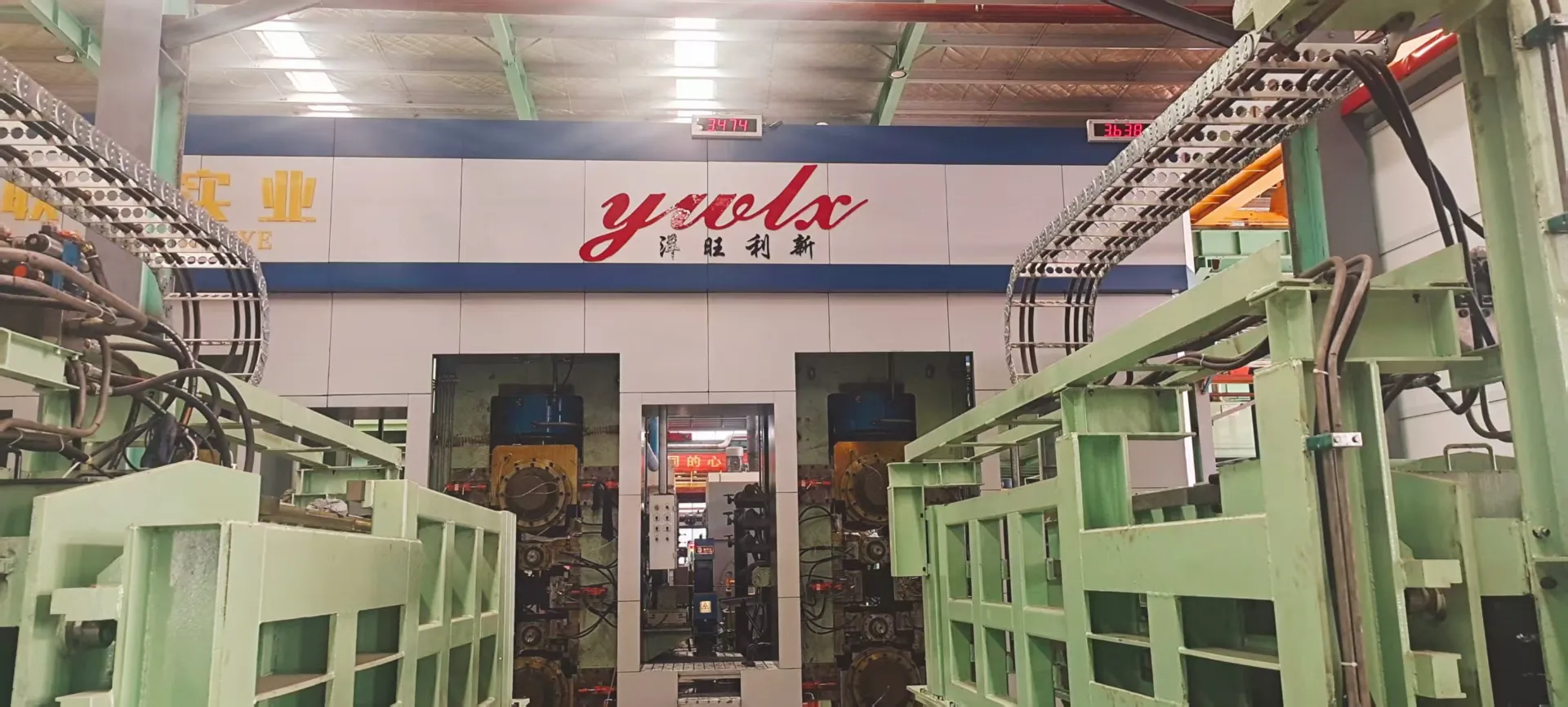
The Difference Between Hot Rolling and Cold Rolling AGC
Although the basic principles of hot-rolled and cold-rolled AGC system are similar, there are some differences in their design and functionality due to different process conditions
Hot Rolling AGC System
Working environment: During the hot rolling process, the temperature of the strip steel is high (usually above 800 ° C), the rolling speed is fast, and the rolling force is large.
Main challenges:
Stability of sensors and equipment in high temperature environments.
Thickness fluctuations caused by temperature changes in strip steel.
The influence of roll thermal expansion on roll gap.
Control strategy:
Adopting a hydraulic AGC (HAGC) system to quickly respond to thickness deviations.
Combining temperature compensation model to eliminate the influence of temperature on thickness.
Using a combination of rolling force AGC (PAGC) and monitoring AGC (MAGC) to improve control accuracy.
Cold Rolling AGC System
Working environment: During the automatic gauge control cold rolling mill, the temperature of the strip steel is low and the rolling speed is relatively slow, but higher precision is required.
Main challenges:
The hardness of strip steel is high, and the rolling force fluctuates greatly.
The thickness deviation is usually small, requiring higher control accuracy.
Control strategy:
Adopting high-precision thickness gauges and sensors.
By combining feedforward AGC (FFAGC) and feedback AGC (FBAGC), thickness deviation can be predicted and compensated in advance.
Combined with tension control, further improve thickness uniformity.
Application Effect of AGC System
The application of AGC system can significantly improve the thickness control accuracy of rolling process, and the specific effects include:
Improve product accuracy: Control the thickness deviation of the strip steel within ± 0.5%, or even higher.
Reduce scrap rate: By compensating for thickness deviation in real-time, the production of non-conforming products can be reduced.
Improve production efficiency: reduce manual intervention and achieve continuous and efficient production.
Reduce energy consumption: Optimize the distribution of rolling force and reduce energy consumption.
The AGC system of hot/cold strip mills is an indispensable core technology in modern rolling processes, and its high-precision and fast response characteristics provide strong support for strip steel production. With the continuous advancement of technology, AGC systems will make greater breakthroughs in intelligence, high precision, and greenization, injecting new impetus into the high-quality development of the steel industry.
-
Indian Clients Visit YWLX to Inspect Skin-pass MillNewsJun.22,2025
-
Typical Products from Reversing Cold Rolling ProcessNewsMay.26,2025
-
Surface Finish Improvement through Skin Pass RollingNewsMay.26,2025
-
Integration of AGC Systems in Modern Cold Rolling MillsNewsMay.26,2025
-
Cold Rolling in the Context of High-Strength Steel DemandNewsMay.26,2025
-
AGC in Hot Rolling Mills: Challenges and SolutionsNewsMay.26,2025
-
Why Reversing Cold Rolling Mills Are Ideal for Specialty MetalsNewsMay.13,2025



